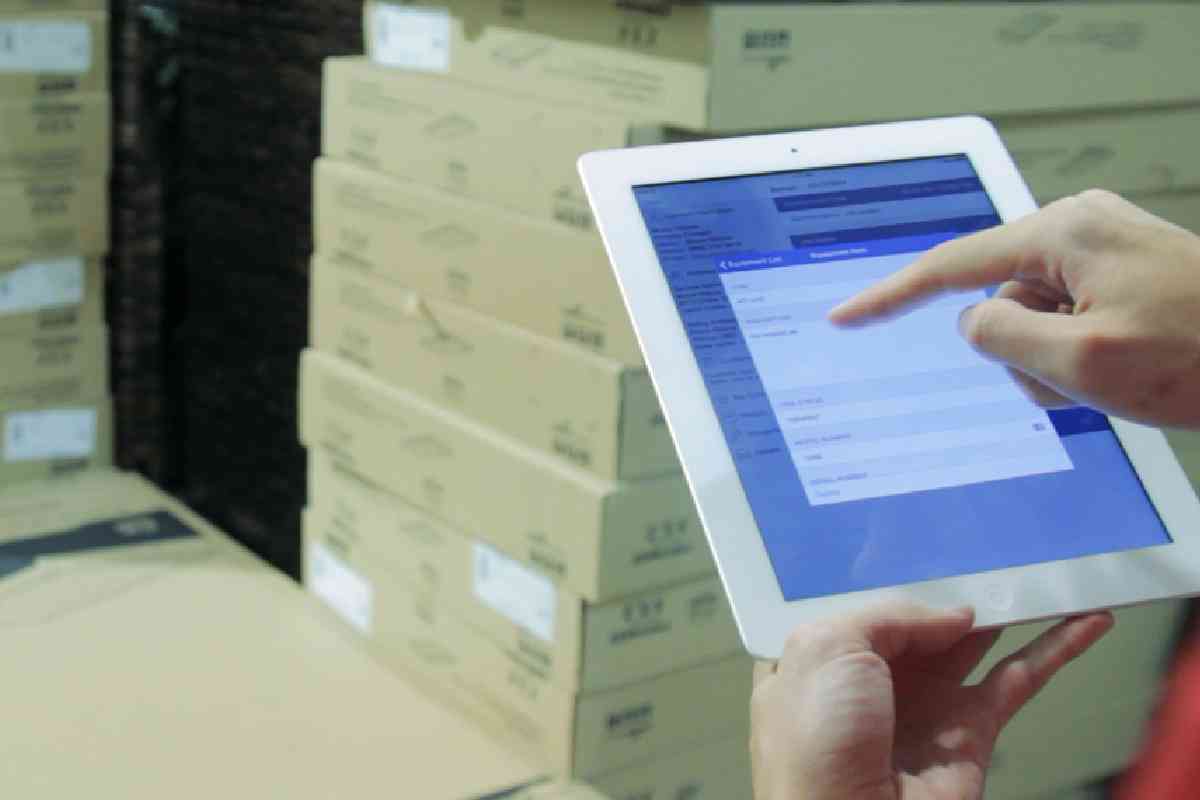Implementing HVAC software tools in commercial construction can significantly enhance efficiency, accuracy, and productivity. However, several key factors are crucial to ensuring maximum benefits. By considering these factors, businesses can make informed decisions, optimize processes, and maximize the value derived from implementing HVAC software in commercial construction projects. The article explores the essential factors construction companies should consider when integrating HVAC software tools.
Table of Contents
1. Selecting the Right Software Vendor
Selecting the right software vendor is paramount for successfully implementing HVAC software in commercial construction. Consider factors such as the vendor’s industry experience, track record, customer support, and ongoing software updates. Evaluate the software’s features, functionalities, and scalability to ensure they align with your business needs and future growth plans.
Seeking references and customer testimonials provides insight into the vendor’s reliability. A reputable, experienced vendor offers a robust software solution, reliable support, and continuous improvement. Also, having access to an accurate commercial HVAC glossary is crucial for aligning your terminology with industry standards and enhancing communication and professionalism. Making an informed decision when choosing the software vendor sets the foundation for a successful implementation and long-term partnership.
2. Compatibility with Existing Systems
Ensuring compatibility between HVAC software and existing systems is crucial for efficient operations in commercial construction. Seamless integration with project management, accounting, and CRM software enables efficient data exchange and eliminates manual data entry or duplicate records. For example, integration with project management software allows for real-time updates on job progress and resource allocation.
That enhances collaboration and streamlines workflows, saving time and reducing errors. Robust integration capabilities or APIs facilitate smooth data synchronization across platforms, eliminating data silos and ensuring a cohesive and interconnected system. Compatibility is crucial in avoiding data inconsistencies, improving efficiency, and achieving seamless workflows.
3. Providing Adequate Training and Support
Providing adequate training and support is crucial when implementing HVAC software in the construction industry. Comprehensive training programs enable staff to understand the features and functionalities of the software, promoting optimal use and minimizing errors. Customized training modules tailored to specific business needs enhance staff proficiency and productivity. Ongoing technical support is equally vital to address any issues or questions that arise during implementation and daily usage.
By investing in training and support, businesses empower their workforce to leverage the full potential of HVAC software, maximizing the value of their investment and ensuring professionalism in utilizing the software’s capabilities. Failure to provide adequate training and support can lead to underutilization of the software, inefficiencies, and missed opportunities for improvement.
4. Establish Effective Data Management Practices
Establishing effective data management practices is crucial when utilizing HVAC software tools in the construction industry. It involves defining standardized data entry processes, naming conventions, and file structures to ensure consistency and ease of access. Regularly cleaning and validating data ensures its accuracy and reliability. Implementing data backup and security measures safeguards sensitive information.
Furthermore, leveraging the reporting and analytics capabilities of the software enables valuable insights and data-driven decision-making, enhancing operational efficiency and identifying opportunities for improvement. By prioritizing effective data management, construction companies can optimize HVAC software tools and maximize their benefits, leading to streamlined processes and improved project outcomes.
5. Streamlining Communication and Collaboration
HVAC software is vital in streamlining communication and collaboration within the construction industry. It enables seamless communication between team members, contractors, and stakeholders by centralizing project-related information and providing real-time updates. Collaboration features such as shared document repositories, task management, and instant messaging foster effective teamwork and coordination.
Streamlined communication improves project efficiency, reduces delays, and enhances decision-making. Practical applications include sharing project plans, updating specifications, and tracking progress. By leveraging HVAC software for communication and collaboration, construction companies can improve productivity, minimize errors, and deliver projects more effectively.
Takeaway
Implementing HVAC software tools in commercial construction requires careful consideration of critical factors. Choosing the right software vendor, ensuring compatibility with existing systems, providing adequate training and support, establishing effective data management practices, and streamlining communication and collaboration are essential for maximizing the benefits.
By prioritizing these factors, construction companies can enhance efficiency, accuracy, and productivity and achieve successful outcomes in their HVAC projects, improving profitability and customer satisfaction. However, its familiarity with the construction HVAC glossary ensures effective communication and understanding between team members, contractors, and stakeholders.

